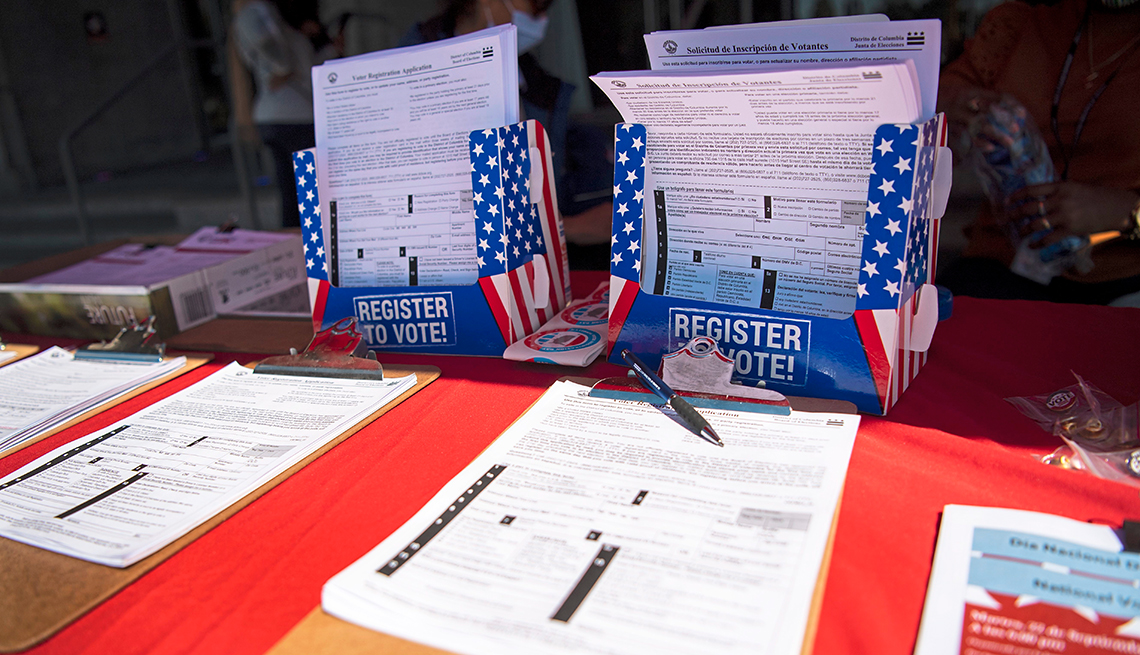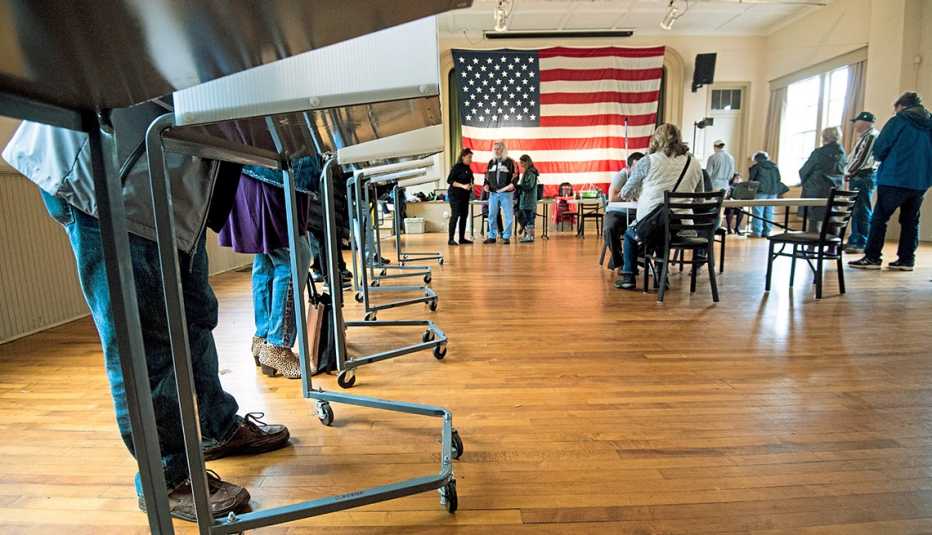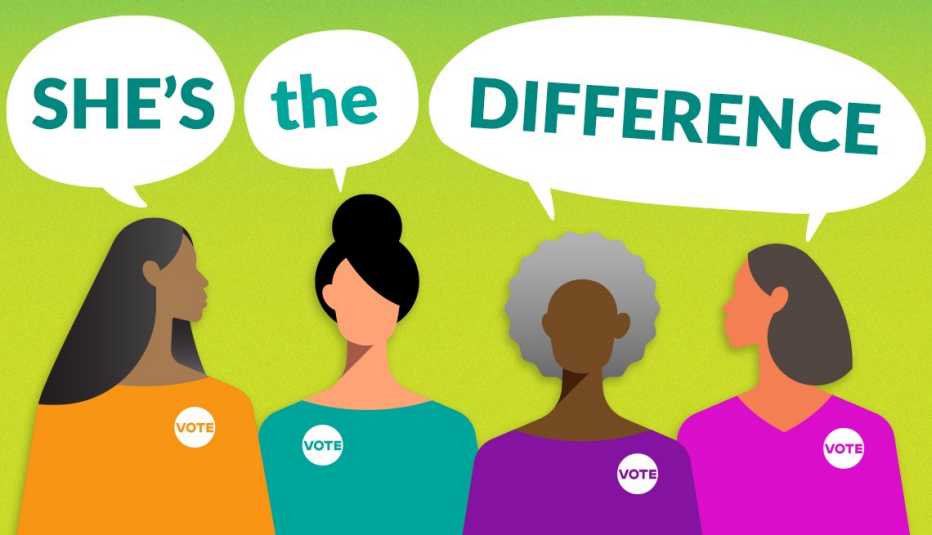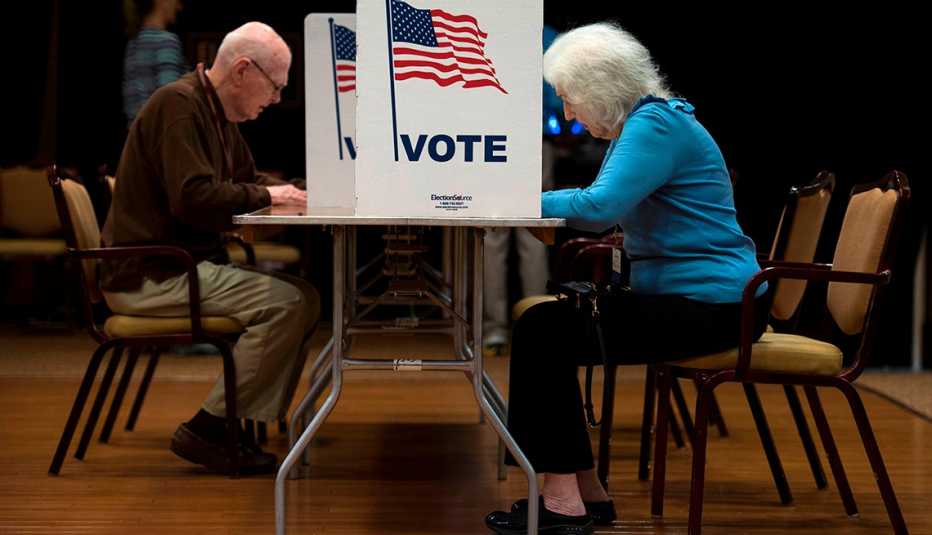Staying Fit


Use Your Power to Decide the 2022 Election
Americans 50+ can use their vote to decide the 2022 elections. Commit today to be a Decider and join our fight to make sure candidates keep their promises to preserve Social Security and Medicare.
Voting used to be simple. A large majority of us would wake up on Election Day, go to our local polling place and cast our ballot. Our biggest challenges were getting there and deciding which candidates to choose.
And then came COVID-19.
America went into a virtual lockdown some eight months before the 2020 presidential election, and as the primaries progressed and the national election approached, voters became increasingly concerned about the safety of in-person voting.
In response, lawmakers enacted measures that greatly expanded the ability of citizens to vote without going to a polling place. Excuses for casting absentee ballots were waived, more drop boxes were added, and some jurisdictions even provided drive-through voting. In addition, early voting hours were added to avoid forcing voters to wait in long lines on Election Day.


AARP Membership— $12 for your first year when you sign up for Automatic Renewal
Get instant access to members-only products and hundreds of discounts, a free second membership, and a subscription to AARP the Magazine.
But in the months that followed the election, something else surfaced: unproven allegations of widespread voter fraud. And so certain state legislators got busy again. Some voted to require residents to clear new hurdles before voting, in an effort, lawmakers claimed, to increase security. These laws include asking for more identification at the polls or on absentee ballots and applications, increased scrutiny of registration lists, cutting back on early voting hours and drop boxes, and making it more difficult to vote by mail.
At the same time, other states saw the evolving election dynamics as a positive development, and so they passed new laws to make permanent changes to make it easier to vote.
The result of all these efforts: unprecedented differences between states in how residents can vote.
According to the Brennan Center for Justice, the New York University School of Law project that tracks election law changes, as of this past January, 19 states had passed 33 laws since the 2020 election that the center says restrict voting access. Over the same time, 25 states adopted 62 measures that make it easier to vote.
The bottom line: How much will these new laws actually affect citizens’ ability to vote, and will they affect how many people cast their ballots in this November’s highly important midterm elections?
Your path forward
Experts doubt these measures will have a significant impact on turnout this November in many states, but new restrictions could complicate voters’ ability to successfully cast their ballots. Election advocates stress that voters need to check out what, if any, changes have been made in their state.
“One of the best pieces of advice, I think overall, is to make a plan to vote,” says Justin Grimmer, codirector of the Democracy and Polarization Lab at Stanford University. The plan, Grimmer says, should include knowing where your polling place is, how you are going to get there, whether the site is accessible for people with mobility issues, and whether your state has identification requirements.
If you want to vote from home, check the absentee voting rules in your state. You’ll need to know how to apply for an absentee ballot, whether any forms of identification need to be included with the returned ballot, whether and where your signature is required, the proper way to submit your ballot, and whether a witness signature will be required.
“And then, finally, as they’re making this plan, I want to encourage them to check on their registration,” Grimmer says. Each state has a different process to verify you are registered; go to your state’s voting website to find out the procedure.
Not currently registered? When voters need to register varies by state, with many requiring registration 30 days before an election. According to the National Conference of State Legislatures, 21 states will allow voters to register to vote on the same day they cast their ballot.



































































